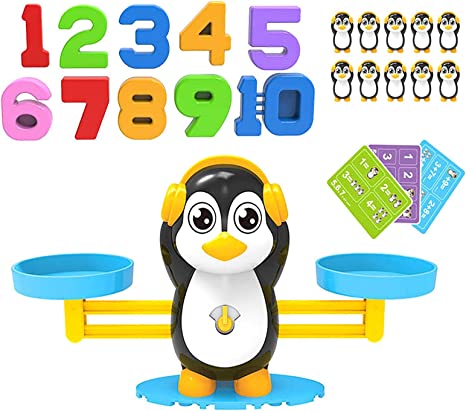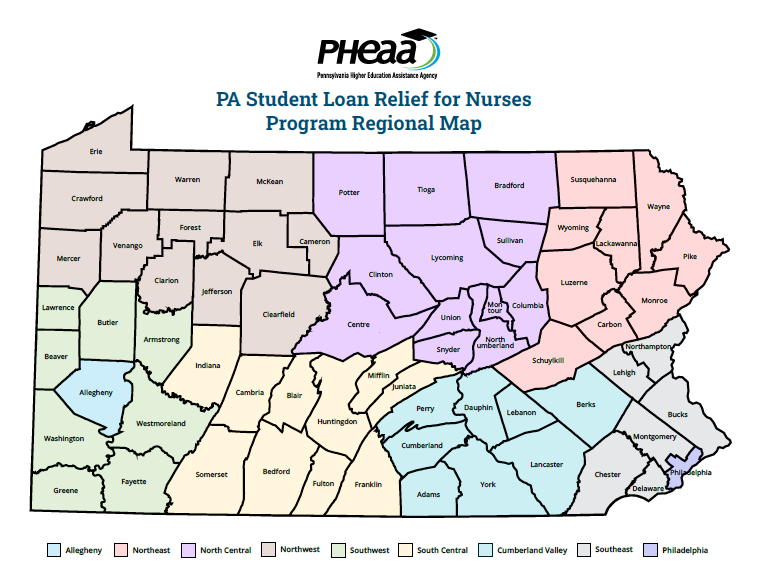
Special education is a form of education which takes account of the different needs and differences of each individual student. This includes adapting materials and equipment to each student's needs and using individualized teaching methods. It also involves the creation and maintenance of an accessible environment. It can also be described as an education system where teachers make every effort to make children feel comfortable. There are many kinds of special education. We will be looking at the most common special education types in this article.
A less restrictive environment
The Least Restrictive Environment for Special Education is a basic principle of public education. This principle states that children with disabilities should be educated together with their peers in the most accessible environment. What does this mean? The least restrictive environment for special education may look different for every child.
Individuals with Disabilities Education Act, (IDEA) defines the Least Restrictive Environment for Special Education. The LRE should be considered when drafting an Individualized Education Program. This is a key component of the IEP process. The IEP team must carefully consider the LRE to ensure that the student receives the appropriate services.
Individualized education plan (IEP)
An Individualized Education Plan is a description of how a student will learn, and the methods teachers and service providers will use. Some key factors to consider when developing an IEP include assessing a student's skills in all areas related to any known disabilities, considering the impact of the student's disability on his or her learning, developing goals and objectives that correspond to the student's needs, and determining the least restrictive environment for the student.

The IEP must also list the child’s current school performance. This information comes from individual and classroom assessments. These tests are usually given during reevaluations. You can also get information from your parents or other sources about your child's performance. You should also include information in your IEP about how disability affects your child's participation with general curriculum.
Structured educational setting
A structured educational setting for students with special needs provides intensive supports that enable them to improve their functioning levels. Structure is provided throughout the day, and students focus on academic tasks and communication. They also benefit from the support they receive when managing their behavior. By providing structure and routines, students can reach grade level.
Students with special needs may have a variety of needs, ranging from learning disabilities to speech and language impairments. They may also have emotional and behavioral disorders or physical disabilities such as muscular dystrophies. Depending on the type of disability, a student may need more or less teachers, specialized equipment, and specialized physical adaptations.
Discrimination
Discrimination in special education can be a complicated issue. Although the IDEA can be a valuable tool to ensure equal educational opportunities for all students it still relies on widespread assumptions about race, disability and other factors. IDEA is particularly reliant on people who evaluate students. This belief holds that there will be discrimination in these evaluations.
Racial and ethnic differences in how children see themselves can affect their disability identity. Jesse and Michael are examples of how structural and unconscious racism affected their perceptions. Additionally, the disability label of a child can be used as a way to expel difficult children or increase their eligibility for resources. This can lead to other disturbing school practices.

Intervention model: Response
The Response to Intervention (RTI), a teaching model that emphasizes individual needs, is the Response to Intervention (RTI). Students who don't respond to instruction are sent through an increasing number of intensive interventions. This model was initially developed in special education. But it is now common in public education.
Response to Intervention (or "Response to Intervention") is a districtwide educational strategy for students who are at high risk for academic failure. It utilizes research-based interventions to help students meet their goals and advance in general education. Students are monitored and evaluated throughout the process to assess their progress. The program typically lasts between ten and twelve weeks depending on the student's needs.
FAQ
How can I apply for college?
There are many different ways to apply to college. Reach out to your high school guidance counselor, admissions representative or for more information. Many high schools offer online applications. You can also get in touch with local colleges. Many colleges accept applications via the Internet.
If you decide to apply through the mail, you'll need to fill out the application, write a personal statement, and send copies of all required documents with your application. Your personal statement is a chance to explain why you are interested in attending this institution and what it would mean for you. It also helps the admissions committee understand your goals and motivations.
You can find sample essays that you can download from our website.
What are the alternatives to school?
An alternative school is a school that offers students with learning difficulties education with the help of qualified teachers who are sensitive to their individual needs.
An alternative school provides children with special educational needs the opportunity to learn in a regular classroom setting.
Additionally, they receive extra support when necessary.
An alternative school isn't only for those who have been expelled from mainstream schools.
They are open for all children, regardless their ability or disability.
What is the main difference between schooling and college?
Schools are typically divided into classes or grades with a teacher who teaches students. Colleges, which are often larger and offer more specialized classes, may also include university-level programs. Colleges may focus more on business and science while schools will usually only teach basic subjects. The curriculum at both levels is intended to prepare students to study at higher levels.
How long does a teacher of early childhood take?
A bachelor's degree is required in early childhood education. It takes approximately four years. You will spend two years taking general education courses required by most universities.
After your undergraduate studies, most people enroll in graduate school. This step allows you to specialize in a particular area of study.
You could, for example, choose to study learning disabilities or child psychology. After completing a master's degree, you can apply to teacher preparation programs.
This process will take several more years. You will have the opportunity to work with professionals in order to acquire real-world knowledge.
You will also need to pass state exams in order to become a teacher.
This process takes several years, which means you won't be able to immediately jump right into the workforce.
What is the difference in public and private schools?
All students are eligible to attend public schools for free. They provide education for students from kindergarten through highschool. Tuition fees are charged by private schools for each student. They offer education from preschool until college.
There are charter schools that are both privately operated and publicly funded. Charter schools don't use traditional curricula. Charter schools allow their students to explore what interests them.
Charter schools are very popular with parents who believe that all children should have equal access to education, regardless of their financial circumstances.
What are the various types of early childhood education available?
There are many ways you can describe early childhood education. The most common ones include:
-
Preschool - Children ages 2 to 5
-
PreKindergarten – Children aged 4-6
-
Head Start/ Headstart for children ages 0-3
-
Day Care/Daycares - Children from 0-5 Years
-
Child Care Centers for Children from 0-18
-
Family Child Care - Children from 0-12 Years of Age
-
Homeschooling for children ages KG-16
Statistics
- “Children of homeowners are 116% more likely to graduate from college than children of renters of the same age, race, and income. (habitatbroward.org)
- Among STEM majors, that number is 83.5 percent. (bostonreview.net)
- Data from the Department of Education reveal that, among 2008 college graduates, 92.8 percent of humanities majors have voted at least once since finishing school. (bostonreview.net)
- In most developed countries, a high proportion of the population (up to 50%) now enters higher education at some time in their lives. (en.wikipedia.org)
- They are also 25% more likely to graduate from high school and have higher math and reading scores, with fewer behavioral problems,” according to research at the University of Tennessee. (habitatbroward.org)
External Links
How To
How do I apply to scholarships?
Apply for scholarship funding first. It is possible to receive scholarships if you meet certain requirements.
You may also be eligible for a grant if your family is financially poor. If you are studying a vocational training program, you can qualify for a grant to help pay your bills. A grant is also available if your group includes a minority.
Once you've determined your eligibility for a specific type of scholarship, it is time to start applying.
The application process can be done online, over the phone or in person. The type of scholarship will determine the application process.
For some scholarships, you will need to submit essays about you and your reasons for applying. Some ask you questions such as "Why did this major interest you?"
Most scholarships require applicants to complete an application form and to send supporting documents.
Your scholarship provider will review the information you provide. You will be notified by email or postal mail if you are selected.
Even if your application is not accepted, you may still be eligible to receive a scholarship. Contact your scholarship provider for details.